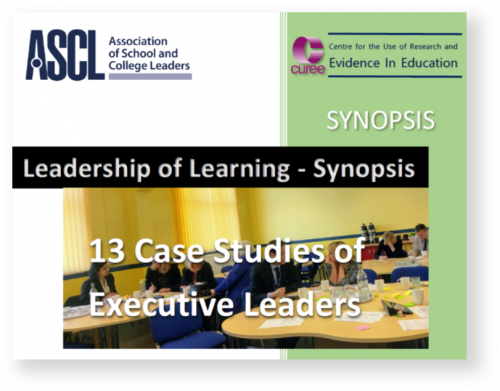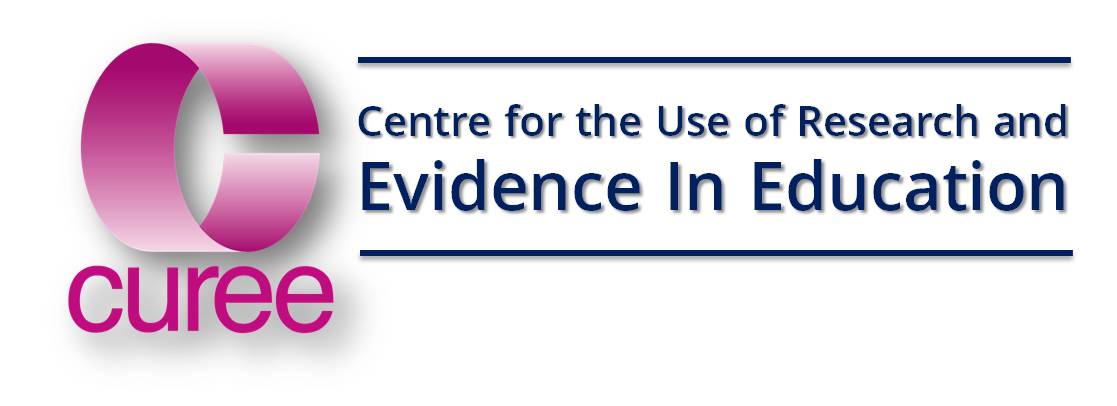13 case studies of executive leaders
 This report summarises interesting commonalities across 13 smaller multi-academy trusts in the way the leaders (chief executives and others) understand their role in the leadership of learning. Key commonalities include;
This report summarises interesting commonalities across 13 smaller multi-academy trusts in the way the leaders (chief executives and others) understand their role in the leadership of learning. Key commonalities include;
- A strong feeling of being bound by common values BUT with each school maintaining its own local identity
- A constant challenge of reconciling external top-down accountabilities with extensive local delegation
- 'Compliance' functions (finance, HR, safeguarding) centralised but curriculum and teaching and learning usually not; but -
- Common approaches to curriculum and teaching and learning encouraged to emerge but bottom up not top down
- School improvement recognised as a core central function but little commonality on how to go about this
- School improvement strategies mostly seen as CPDL
- Goverance, particularly local governance, seen as integral - typically a Trust board but with powerful local governing bodies
MATs are still a novel feature in education in England so we have little direct research to draw on to help us identify patterns of effectiveness. What evidence there is has tended to focus on the impact of these forms of school organisation at system level or draw on the experience of the few untypically large trusts with dozens of schools, multi-million pound budgets and a specialised ‘corporate’ executive team.
This research focuses on the more typical case – trusts with two to fifteen schools – and explores what the leaders do and deal with every day, focusing quite tightly on the leadership of learning.
Sponsored by the ASCL-led partnership providing a National Qualification in Executive Leadership (NPQEL), the full report, including all 13 case studies, is restricted to participants of the NPQEL programme. This public Synopsis identifies the main elements of common practice and also some of the interesting variations
